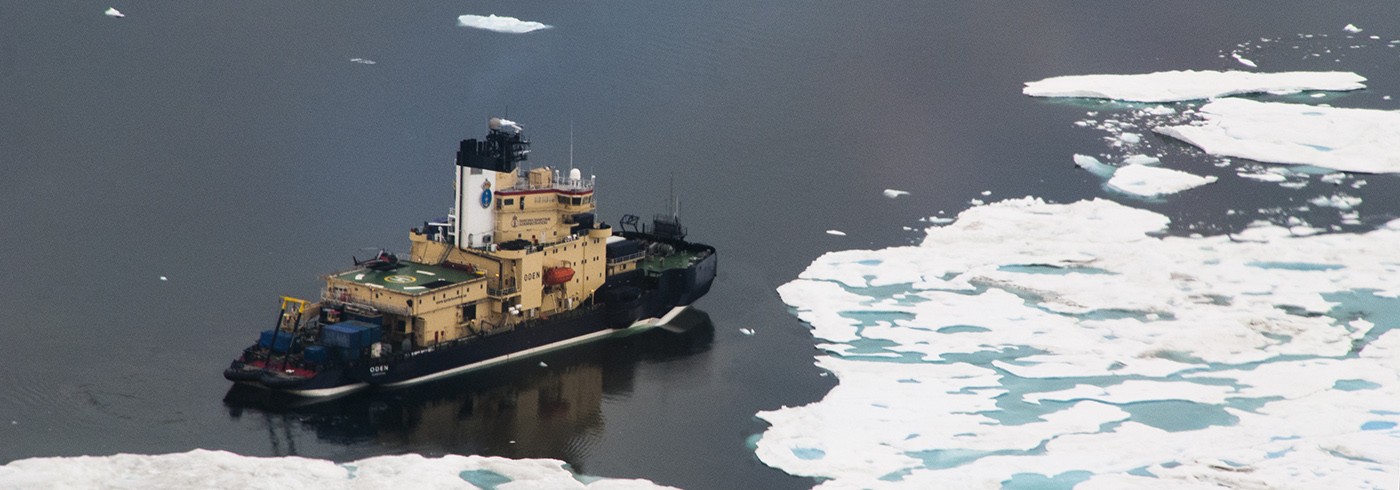What controls Arctic cloud properties?
31 July 2018 - 25 September 2018
Ian Brooks working on the cloud radar. Photo: Matthias Gottschalk
Clouds are the most important factor controlling the amount of energy reaching the surface as sunlight and emitted from it as radiated heat. They are also the single largest source of uncertainty in climate models. Clouds present a particular problem in the Arctic because the conditions differ so much from those at lower latitudes while also being where there are fewest measurements with which to study them. In order to better understand the processes controlling Arctic clouds we made detailed measurements of the clouds, and the meteorological conditions that determine where they form.
We installed a suite of remote sensing instruments with which to make measurements of clouds and atmospheric structure on Oden: a cloud radar which gives information about the amount of water and ice in the cloud; a laser ceilometer and Doppler Lidar give additional information about the cloud and air motions in the lower atmosphere. A scanning microwave radiometer provides estimates of the total amount of liquid water in the cloud and the vertical variations of air temperature and water vapour concentration. Radiosondes (weather balloons) are launched every 6 hours to provide direct, in situ measurements of temperature, humidity and wind speed from the surface up to an altitude of about 25 km.
All these measurements are brought together through a software package called Cloudnet to calculate vertical profiles of cloud properties over time. These can then be used directly to study the relationships between cloud properties and other aspects of the atmosphere such as its dynamics and aerosol properties, and also to test how well weather forecast models represent the clouds.

Polar bear guards by the micrometeorology mast. Photo: Ian Brooks
In addition to the remote sensing measurements made on board Oden, we made measurements of the different contributions to the surface energy balance over sea ice from a mast erected on the ice. The energy budget is made up of solar and infra red radiation, and turbulent fluxes: energy transported towards or away from the surface by the motion of warmer/cooler and more/less humid parcels of air, all measured over undisturbed ice away from the ship.

The micrometeorology mast and radiometers installed on the sea ice. Photo: Ian Brooks
Ian Brooks
University of Leeds

